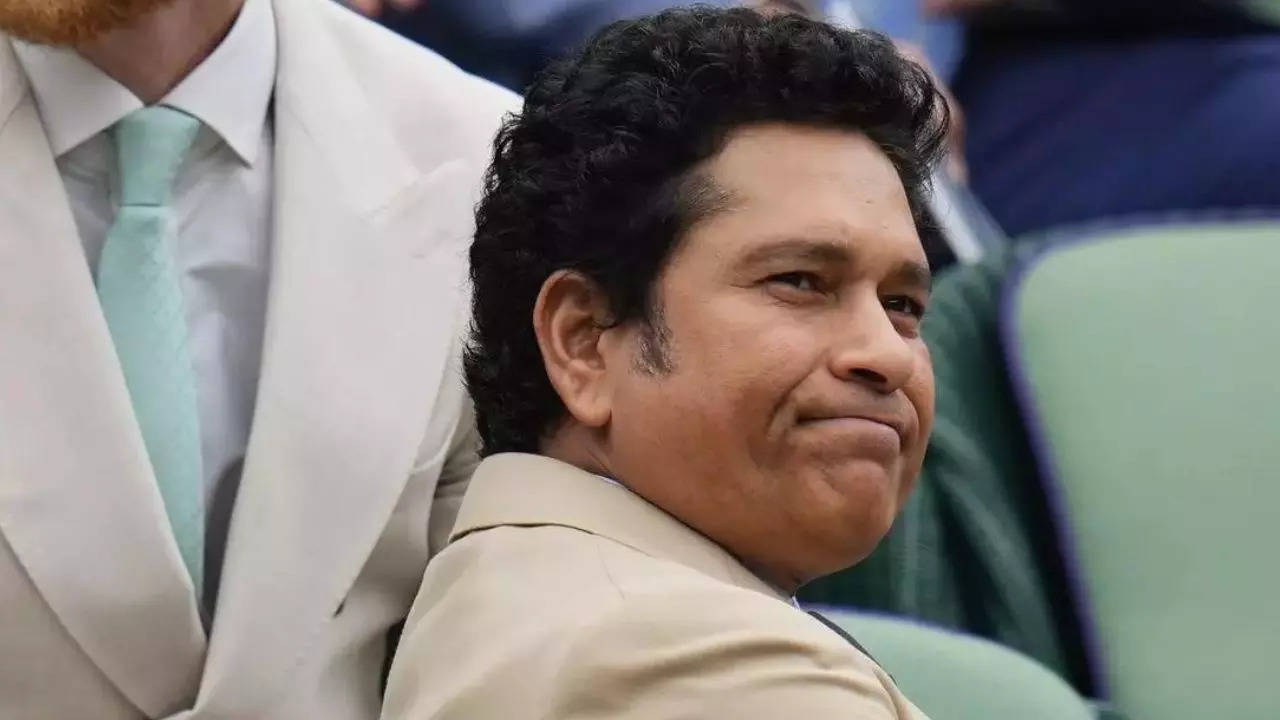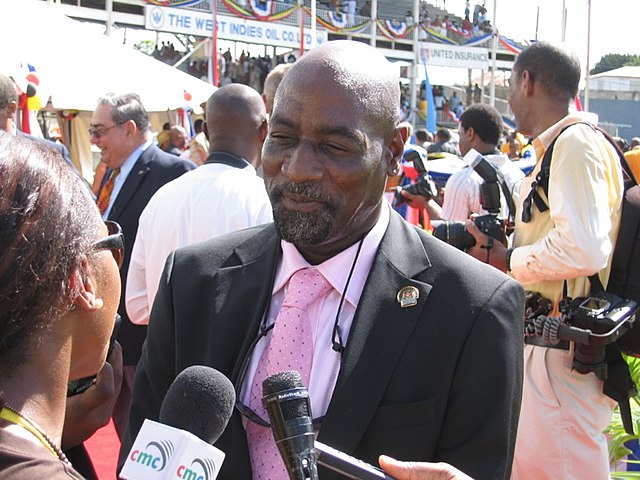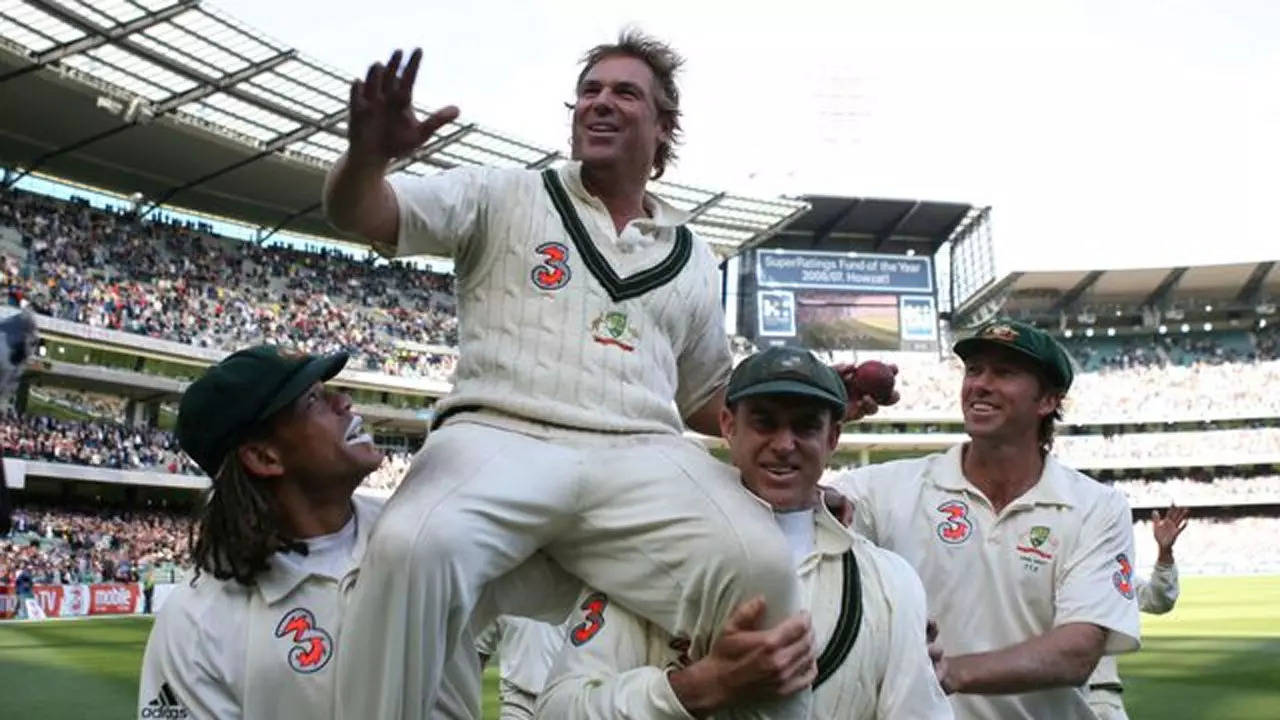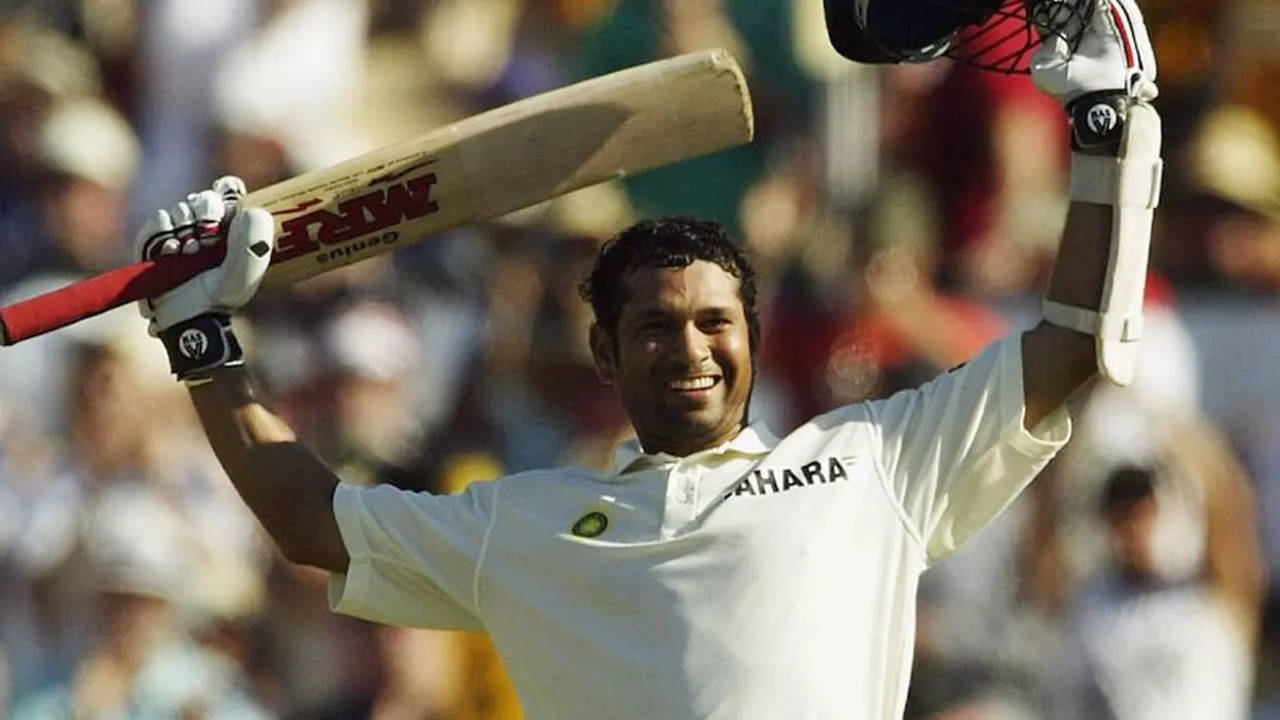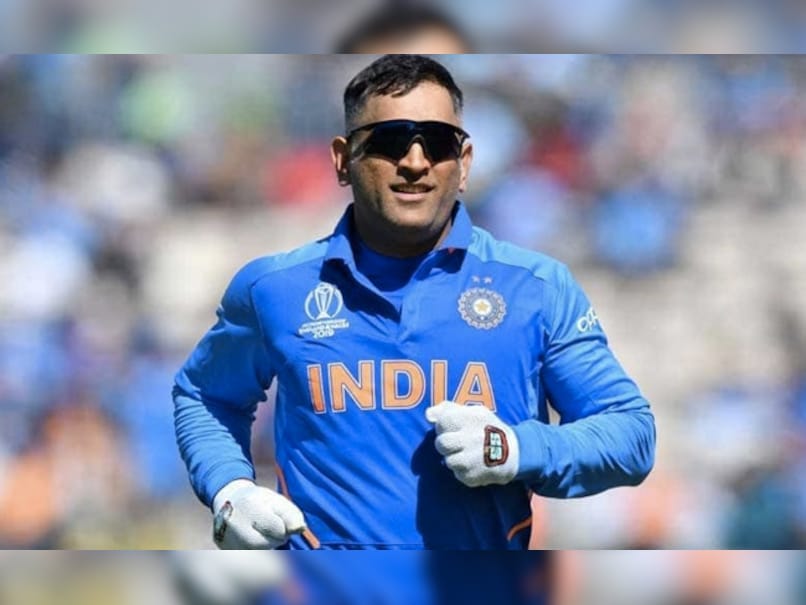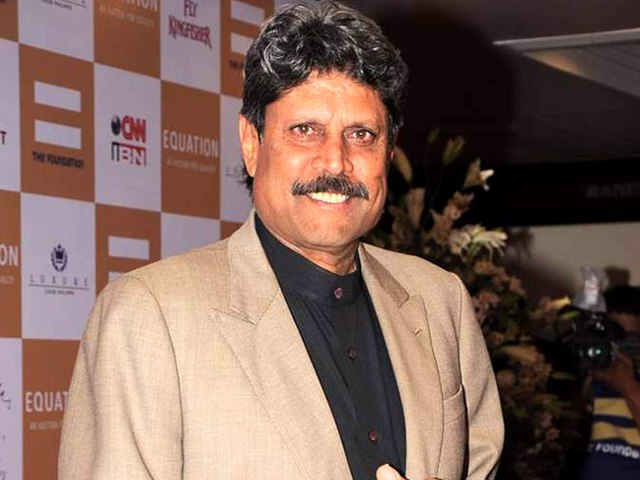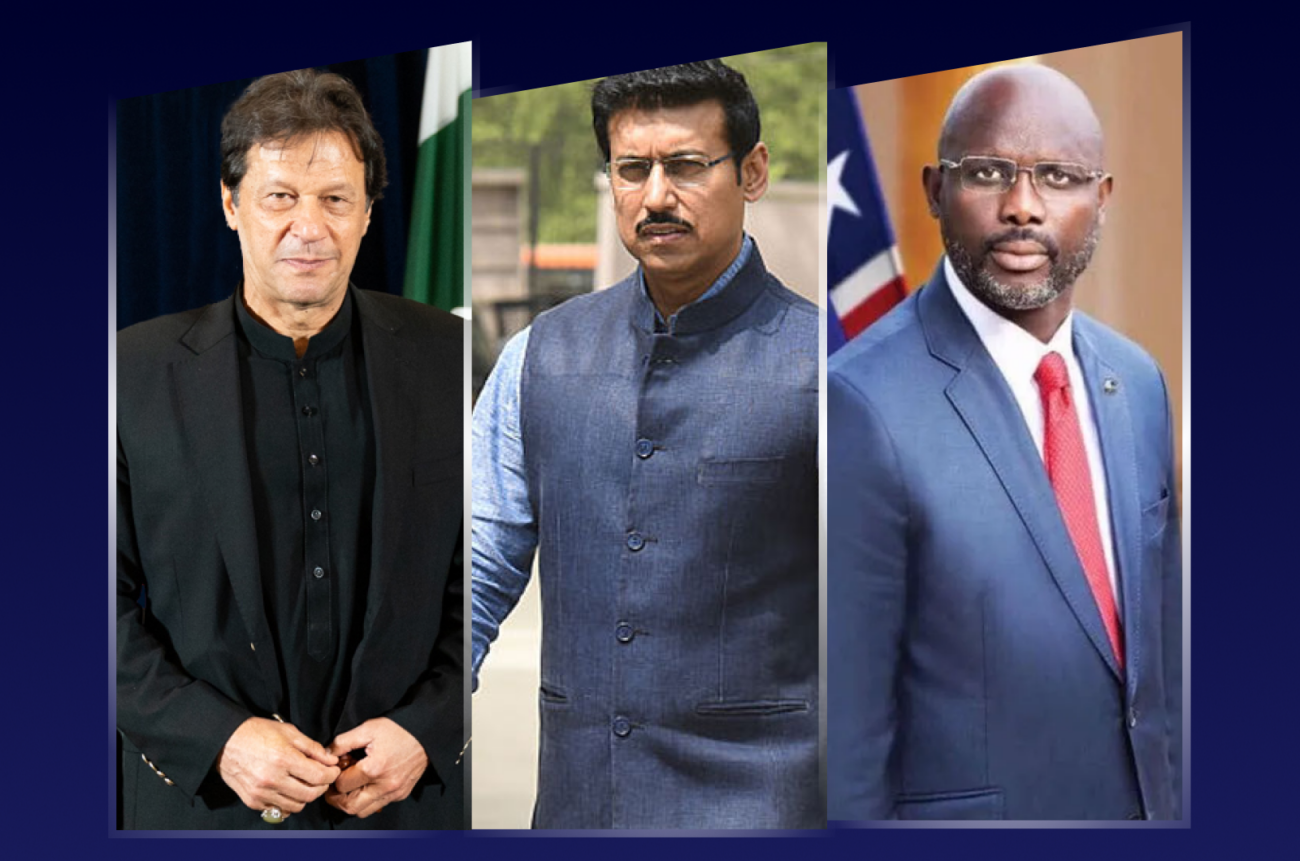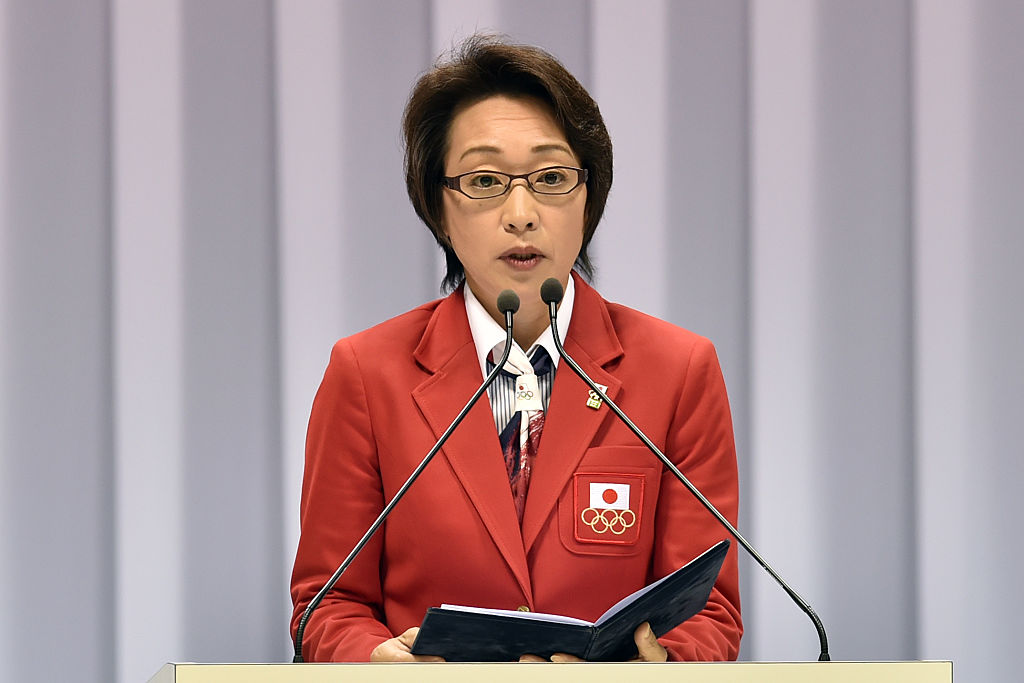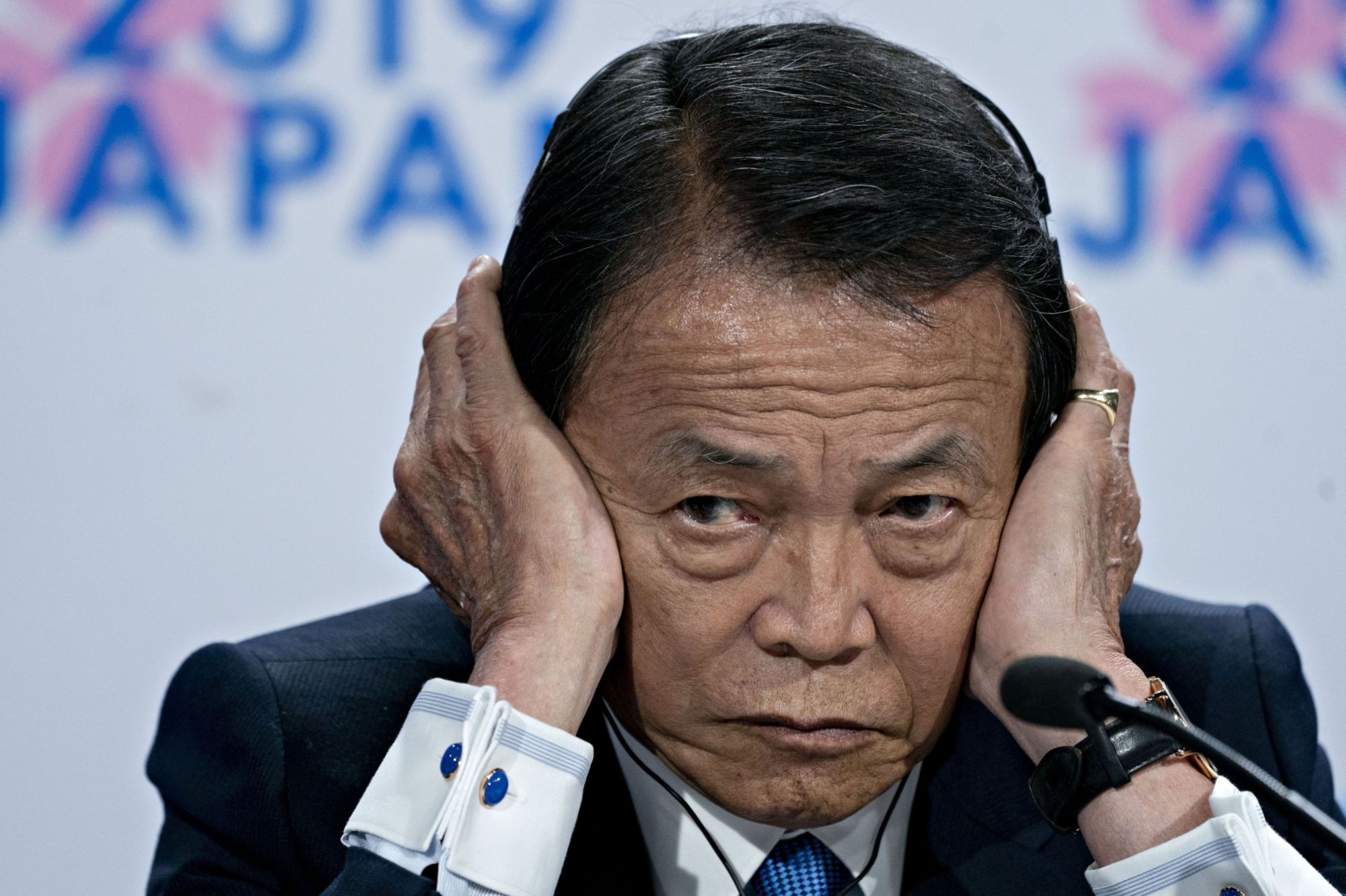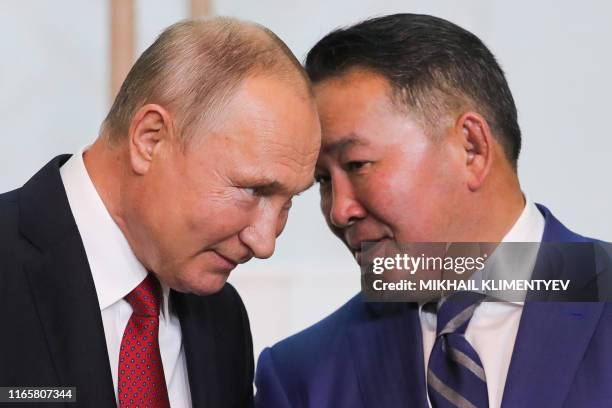10 Legendary Cricketers Who Redefined The Game
Cricket which is known as a “gentleman’s game” is not just a game, it’s a passion and a way of life for many. It requires great skill and determination to master this sport due to its dynamic nature.
In this article, we will take a look at the lives and legacies of ten legendary cricketers who have redefined the game and left a unique mark that continues to inspire fans and players around the world.
1. Sir Vivian Richards: The Powerhouse of Aggression
Sir Vivian Richards, who was given the nickname of “Master Blaster”, was a player who changed the whole notion of batting with his confidence and flair. With an incredible record of 8,540 runs in 121 test matches at an average of 50.23 he played the role of a true game changer. These records not only reflect his talents but also his electrifying presence of mind in the game.
In the era of fearsome bowlers, Richards walked to the crease with a complete swagger, playing with great intensity, like a gladiator facing his foes. His decision to not wear a helmet while facing the deadly bowlers added to his audacious personality.
2. Wasim Akram: The King of Swing
Wasim Akram, the ‘King of Swing”, earned his title for the sheer talent that he possesses while bowling. An astonishing 414 wickets in 104 Tests with a stunning average of 23.62, changed how fast bowling was perceived.
With his marvellous ability to make the ball swing both ways, Akram’s spell often would leave batsmen baffled and the fans in awe. His 5 for 15 in the 1992 World Cup showed his temperament at the biggest stage.
3. Shane Warne: The Sultan of Spin
Shane Warne, who had received the nickname of “Sultan of Spin” was nothing short of a magician. With an awe-inducing 708 wickets across 14 tests and an average of 25.41, his spin bowling inspired young players to take up the craft.
His infamous “ball of the century” which bamboozled Mike Gatting remains fresh in the memories of cricket fans around the globe. Warne was not just a bowler, he was a showman who breathed life into the game.
4. Adam Gilchrist: The Revolutionary Wicketkeeper-Batsman
Adam Gilchrist redefined the whole picture of a wicketkeeper-batsman, combining skill, speed and showmanship. With a staggering 5,570 runs in 96 Tests at an average of 47.60, he showed that keepers can be more than custodians of the stumps.
Gilchrist was known for his ability to turn a game back on with his aggressive batting. His innings in the 1999 World Cup final where he scored 54 runs off just 32 balls to lead Australia to victory, remain legendary.
5. Sachin Tendulkar: The Little Master
Sachin Tendulkar, often known by his nickname of “Little Master”, is a name that is synonymous with cricket excellence. With a humongous 15,921 runs in Tests and nearly 18,500 runs in ODIs, his records show his unmatched dedication to the sport. Beyond his records, Sachin was a symbol of hope for millions in India during every India match.
We all remember his 1998 Coca-Cola Cup innings right where Sachin Tendulkar scored 143(131) against Australia in Sharjah to ensure India’s spot in the tri-series final. The knock came to be known as ‘Desert Storm’ after play was suspended for 25 minutes as a sandstorm swept through the stadium. Watching him bat felt like witnessing poetry in motion; he played with elegance, precision, and an infectious love for the game. His iconic celebrations, humble demeanour, and countless heartwarming moments on and off the field solidified his position as a beloved figure in cricketing lore.
6. Brian Lara: The Prince of Trinidad
Brian Lara, the “Prince of Trinidad,” graced the cricketing world with his sheer elegance and remarkable skill. He is best known for his record-setting 400 not out against England, a feat that still stands as the highest individual score in Test cricket. Over 131 Tests, he scored 11,953 runs with an average of 52.88, but it was his mastery in crafting an innings that endeared him to fans.
Known for his stylish footwork and exquisite shot-making, Lara played with a warmth that captured the hearts of spectators. He demonstrated that cricket could be both a personal expression and a competitive sport, inspiring many young players to embrace their individuality.
7. MS Dhoni: The Finisher Extraordinaire
MS Dhoni is a name that makes every cricket fan smile, especially when recalling his cool, composed demeanour. His ability to chase down targets and finish games placed him among the greatest finishers in cricket history. With 10,873 runs in 350 ODIs at an impressive average of 50.57, Dhoni’s impact transcended statistics.
He led his team to historic victories, including the 2007 ICC T20 World Cup and the 2011 ICC Cricket World Cup, solidifying his legacy as a captain. Off the pitch, Dhoni’s humility and approachability made him a fan favourite, embodying the spirit of unity and resilience that cricket represents.
8. Sanath Jayasuriya: The ODI Prodigy
Sanath Jayasuriya epitomized aggression in One Day Internationals, breaking barriers with his explosive batting style. With 13,430 runs in 445 ODIs at an average of 40.48, he played a crucial role in Sri Lanka’s victory in the 1996 World Cup.
His batting was a spectacle; he was unapologetically attacking, often launching his innings at a pace that left bowlers reeling. Jayasuriya’s fearlessness not only reshaped perceptions of opening batsmanship but empowered many to embrace an aggressive approach to limited-overs cricket.
9. Kapil Dev: The World Cup-Winning Captain
Kapil Dev is a name cherished in India, primarily for leading the nation to its first World Cup triumph in 1983. As an all-rounder, he contributed immensely with 5,248 runs and 434 wickets in Tests, boasting a bowling average of 31.05.
His inspirational leadership united a team of underdogs to clinch a historic victory against the West Indies, forever changing the landscape of Indian cricket. Kapil’s determination and passion were palpable, and his influence extended beyond the field, encouraging millions to believe in their dreams.
10. Imran Khan: The Inspirational Leader
Imran Khan is not just a cricketing icon; he is a beacon of hope and determination. As the captain of Pakistan, he led his country to a remarkable World Cup victory in 1992, fostering camaraderie and resilience among his team.
With 362 wickets at an impressive average of 22.81 from 88 Tests, Imran’s all-round abilities were vital in shaping Pakistan’s cricketing narrative. Post-retirement, his work in philanthropy and politics further exemplifies his commitment to societal change, making him a role model for aspiring cricketers and leaders alike.
These ten legends have not only redefined the sport with their extraordinary talent and grit but have also touched the hearts of millions around the world. Their passion, achievements, and personal stories inspire generations, ensuring cricket continues to thrive and evolve.
Every fan holds a special memory associated with these icons, reminding us all of the magic that cricket brings into our lives. Their legacies will undoubtedly inspire future generations as they bask in the glory of the sport they love.

